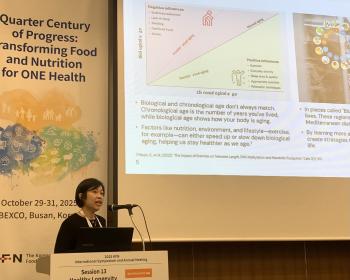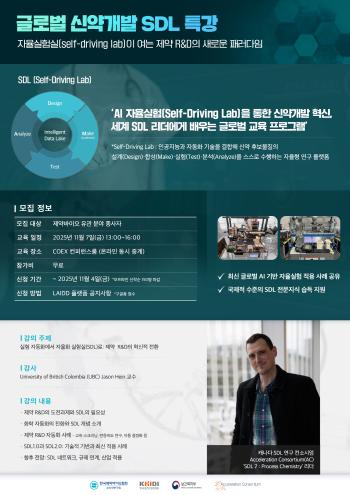Sensing Mental Health with GPT?...AI Predicts Depression and Suicide Risk, World's First Proof
Jun 04, 2025
|
Professor Lee Joon-young, Professor Noh Kyung-jin, and Professor Park Soo-mi of the Department of Counseling Psychology at Hannam University conducted the world's first analysis study to predict the risk of depression and suicide in a patient's language using a large language model (LLM) and text embedding technology.
The key to psychiatric diagnosis lies in the patient's 'language'. This is because most diagnoses are based on verbal expressions through interviews with patients. However, until now, there have been no cases of AI prediction of depression and suicide risk based on the unique narrative psychological test data of individual large patients at home and abroad.
The research team analyzed a total of more than 52,000 descriptive sentences using the Sentence Completion Test (SCT) data answered by 1,064 patients who visited Boramae Hospital in Seoul. The latest large language models (GPT-4o, Gemini, etc.) and text embedding-based machine learning algorithms were applied to the analysis.
As a result, all AI models predicted depression and suicide risk with high accuracy, especially in questions related to 'self-concept'. This suggests that even if commercial LLM is not specialized in mental health, clinical prediction is possible by utilizing language data focused on specific topics.
Professor Noh Kyung-jin said, `This study has shown the possibility that artificial intelligence can predict depression and suicide risk based on patient's narrative reports, and has great significance in clinical applicability. We intend to contribute to early diagnosis and prevention by expanding our research to various mental illnesses and groups in the future.'
This achievement is expected to have a great clinical and social ripple effect in that it has proven for the first time in the world that AI technology can be practically applied to mental health diagnosis and management.
The findings were recently published in the global medical journal JAMA Network Open.
|
This article was translated by Naver AI translator.















